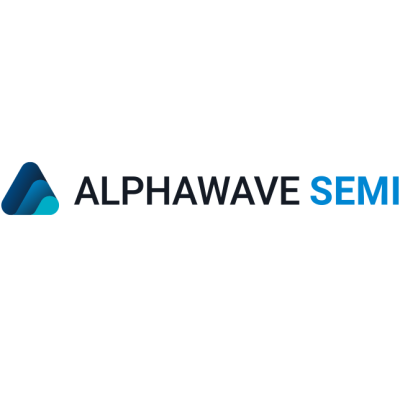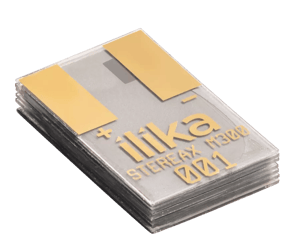As artificial intelligence accelerates data demand and redefines the limits of computing, a new wave of semiconductor innovation is fuelling a market ripe for exponential growth. At the centre of this transformation is Alphawave Semi, uniquely positioned to capitalise on the most critical shift in data centre infrastructure since the dawn of cloud computing.
Artificial intelligence is driving an unprecedented surge in data generation, propelling data centres into an era where high-performance compute and ultra-fast connectivity are non-negotiable. This shift, catalysed by the meteoric rise of large language models and advanced AI applications across industries, is rapidly overwhelming traditional architectures. In 2024 alone, data growth has accelerated by 50%, with the trend showing no sign of slowing.
The computing infrastructure needed to support AI training and inference workloads now rivals the scale and complexity once reserved for national research labs. Clusters of heterogeneous compute platforms must interconnect with blistering speed, demanding innovation in every aspect of system design—from silicon and memory to connectivity and cooling. Since 2012, the demand for AI compute has been doubling every three to four months, leaving Moore’s Law in the dust and opening a window for game-changing disruption.
Data centre operators are scrambling to adopt architectures capable of sustaining this growth. While tech giants like Google, Microsoft and Amazon dominate AI training at scale, the broader market is rapidly adopting inference capabilities. Over 80% of executives see AI integration as a critical competitive edge. But the current bottlenecks in compute, power and bandwidth have created a strategic inflection point—and Alphawave Semi is one of the rare players poised to capitalise.
Alphawave Semi’s core strengths in high-speed connectivity IP are now being amplified through a bold expansion into custom silicon and chiplet design. The company has evolved beyond its IP roots, becoming a full-spectrum semiconductor innovator with deep expertise in front-end design, packaging and manufacturing. This enables Alphawave to address the market’s most urgent need: scalable, power-efficient architectures tailored for AI.
With GPU supply constrained and traditional monolithic SoCs hitting the limits of manufacturability, the industry is shifting decisively to chiplet-based designs. Alphawave is at the forefront of this evolution, developing a growing portfolio of I/O, accelerator and memory chiplets, and forming alliances with ecosystem leaders including ARM, Intel, Samsung and TSMC. These partnerships position the company to deliver best-in-class components for modular architectures that can be scaled and customised at unprecedented speed.
The broader adoption of standards such as UCIe (Universal Chiplet Interconnect Express) is accelerating this transition. It enables developers to integrate chiplets from multiple vendors into a unified package, creating a level playing field where innovation—not scale—defines success. Alphawave’s advanced SerDes technologies, vital for low-latency, high-throughput interconnects, make it a key enabler in this emerging ecosystem.
Further strengthening its strategic position, Alphawave is also capitalising on memory innovation. The rise of high-bandwidth memory (HBM) and the adoption of Compute Express Link (CXL) are transforming the memory hierarchy, decoupling memory from compute and opening up new architectures optimised for massive data processing. With memory becoming an equal player to compute in AI workloads, Alphawave’s integration capabilities give it a critical advantage.
Connectivity is also undergoing a revolution. The industry is moving beyond proprietary solutions like InfiniBand toward scalable standards such as Ultra Ethernet, while new optical interconnect technologies like linear pluggable optics are set to redefine data movement efficiency. These shifts play directly to Alphawave’s strengths, with its portfolio of advanced connectivity solutions already in demand by hyperscale customers.
This confluence of trends is creating a generational opportunity for companies with the right capabilities. Alphawave Semi sits at the nexus of performance, flexibility, and innovation in silicon design. By enabling the next wave of chiplet-based AI systems and redefining data movement at scale, it is becoming a foundational player in the infrastructure of the future.
Alphawave IP Group plc (LON:AWE) is a semiconductor IP company focused on providing DSP based, multi-standard connectivity Silicon IP solutions targeting both data processing in the Datacenter and data generation by IoT end devices.









































